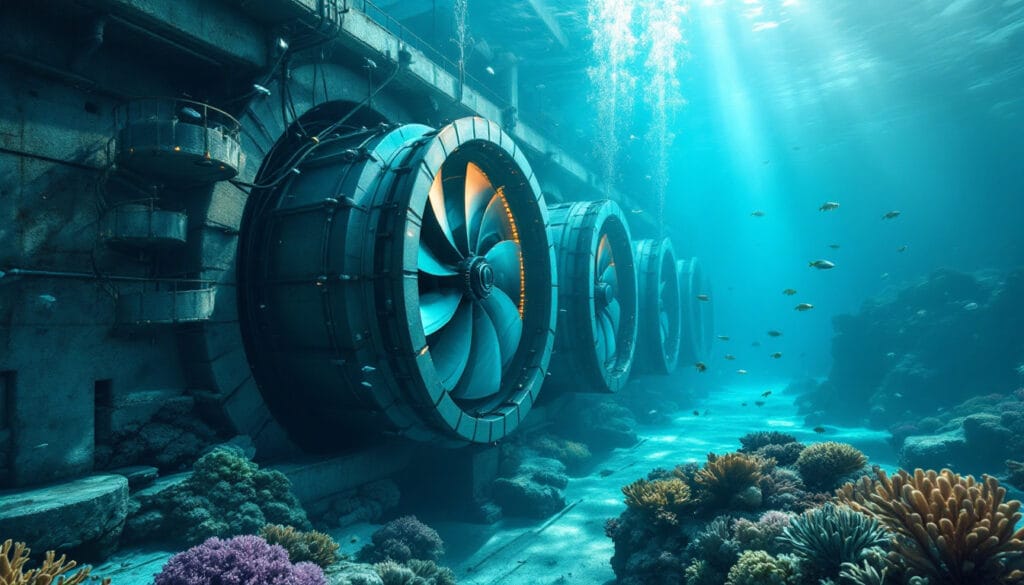The flat solar collector, also known as a solar thermal panel, is a key device in converting solar energy into usable heat. This guide will help you discover its definition, operation, and advantages, covering its various components, types, and performance.
Definition of the flat solar collector
A flat solar collector is equipment designed to capture solar energy and convert it into heat. Unlike photovoltaic collectors that produce electricity, flat solar collectors are primarily used for heating applications and the production of domestic hot water (DHW). Generally, these collectors are in the form of medium-sized flat panels, often around 2 m² per unit.
Operation of the flat solar collector
The operation of the flat solar collector is based on the principle of absorbing solar radiation. The panel’s surface consists of an absorber, usually made of metal, which is coated with specific materials to maximize heat absorption. This surface captures solar energy and converts it into heat.
Inside the panel, a heat transfer fluid, most often water mixed with antifreeze, circulates through tubes. Once heated, this fluid transports the heat to a heat exchanger or a storage tank. This heat can then be used for building heating or to generate domestic hot water.
Components of the flat solar collector
The flat solar collector consists of several key components:
- An absorber: Generally made of metal, it captures and converts solar radiation into heat.
- Heat transfer tubes: They carry the heated heat transfer fluid.
- An insulated casing: It is often equipped with mineral wool thermal insulation to minimize heat loss.
- A glazing: Covering the panel, it protects the internal components while allowing solar radiation to penetrate.
Different types of flat solar collectors
There are several types of flat solar collectors suitable for different needs:
- Unglazed collectors: They are mainly used for low-temperature heating applications, such as pools.
- Glazed collectors: Better insulated, they are ideal for domestic heating applications and the production of domestic hot water.
Performance and advantages of flat solar collectors
Flat solar collectors are very effective in capturing and converting solar energy into heat. They are particularly advantageous in regions with high levels of sunshine. Among their main advantages are:
- Energy savings: Significant reduction in heating and hot water production costs.
- Environmental respect: Reduction of CO2 emissions and use of renewable energy.
- Durability: Flat solar collectors are robust and require little maintenance.
Points to consider and disadvantages
Although flat solar collectors have many advantages, they also have some disadvantages to consider:
- Initial cost: The initial investment is relatively high.
- Dependence on sunlight: Their efficiency is strongly linked to sunlight, which can limit their performance in less sunny regions.
- Required space: Installation requires adequate roof space to maximize solar capture.
Articles similaires
Thank you!
We will contact you soon.













